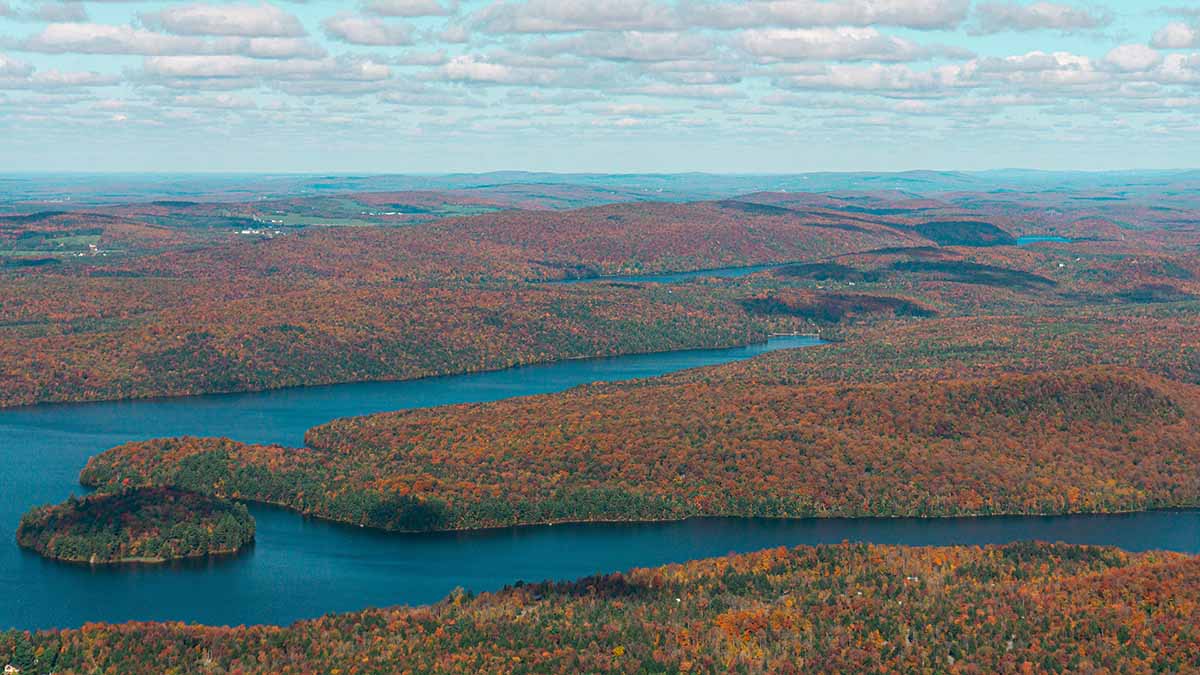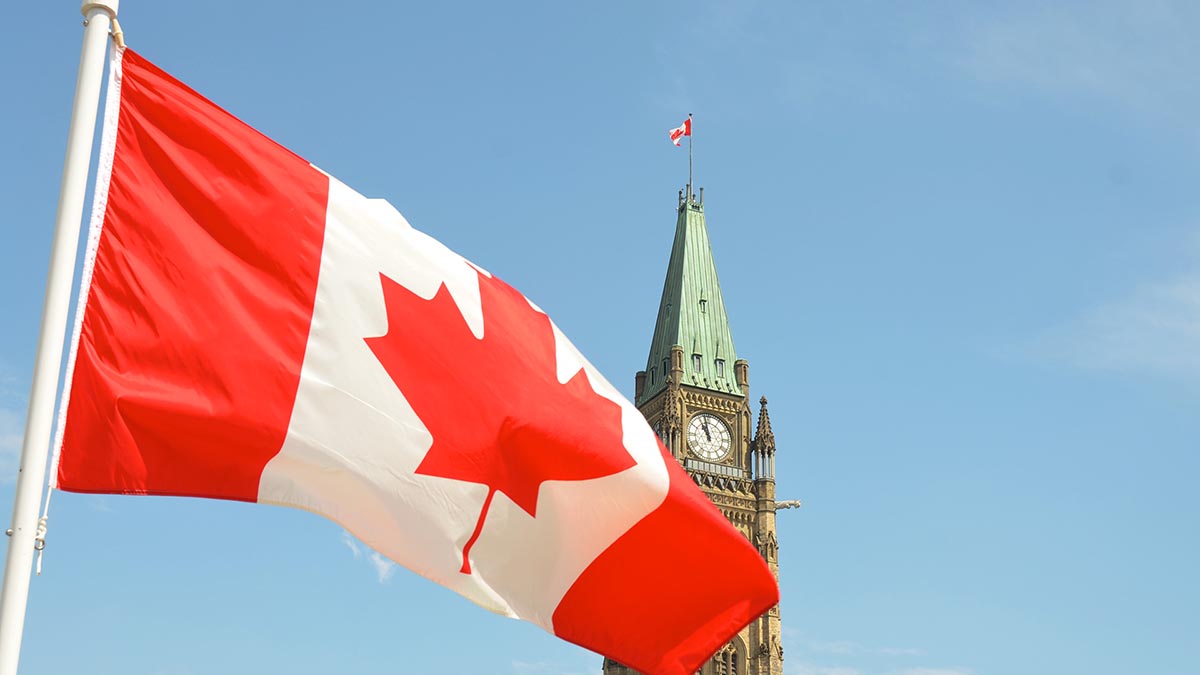G7 Summit Accelerates Prospects For the Full Recovery of Nature
Earlier this month, the G7 gathered in the United Kingdom, as leaders of the world’s top economies to discuss a range of global issues from the pandemic, to climate, to international trade. This year, nature was squarely on the agenda and G7 heads of state launched a new “Nature Compact” of environmental commitments.
These commitments are welcome news, setting an ambitious tone for world leaders ahead of upcoming major international environmental conferences, where negotiations within the UN Convention on Biological Diversity (CBD) and UN Framework Convention for Climate Change (UNFCC) will define new binding promises for countries to help build an equitable, carbon-neutral and nature-positive world.
The Nature Compact comes at a pivotal time following the release of a major report by 50 of the world’s leading biodiversity and climate scientists showing the world must tackle the climate and nature crises together.
“It is clear that we cannot solve [the global biodiversity and climate crises] in isolation – we either solve both or we solve neither.”
— Sveinung Rotevatn, Norway’s climate and environment minister
What’s in the Nature Compact?
In the Nature Compact, G7 nations including Canada have agreed that “global system-wide change is required” to ensure the world becomes not only net-zero on carbon emissions but also nature positive. This means G7 leaders have committed to championing whole-of-Government action to halt and reverse biodiversity loss on a global scale. This includes renewed commitments to the ambitious and necessary conservation target of protecting 30% of the Earth’s land and sea by 2030. With the G7 paving the way, more nations are likely to rise to the 30×30 global call to action.
The new agreement recognizes how closely intertwined the climate and biodiversity crises are and commits to coordinated actions, prioritizing the inclusion of Indigenous Peoples in efforts to conserve and restore nature. Refreshingly, the Nature Compact acknowledges the “negative and unsustainable impact” that economic activity can have on nature and wildlife. This includes a strong focus on tackling deforestation and ensuring sustainable supply chains in the forestry industry.
More broadly, the compact calls for countries to identify ways to better account for nature in economic planning and decision-making. This is critical, as science shows that economic development and human well-being rely on the health of nature.
Finally, the Nature Compact pledges better accountability from G7 leaders for these nature commitments, promising countries will implement concrete national plans and actions for nature integrated with their efforts on climate change.

What does this mean for Canada?
Following the launch of the Compact for Nature by all G7 leaders, eyes are on Canada to follow through with concrete plans and action. Prime Minister Justin Trudeau has an opportunity to lead by example. But our own plans to stop species extinction and recover nature are ineffective and badly out of date. Canada’s Biodiversity Strategy dates from 1995 and remains largely unimplemented. And we have fallen short of achieving most of the Biodiversity Goals and Targets set by the federal government in 2015.
Now is the time for Canada to adopt a new bold and comprehensive 10-year biodiversity plan with goals, targets and resources to advance conservation, species recovery and support for Indigenous knowledge. This plan should put us on a path to help end species extinction here and meet goals for the full recovery of nature in Canada by 2050.
Putting Words Into Action
The commitment by G7 countries to review and reform subsidies and policies that harm nature should also spur Canada into action. Canada needs to accelerate the delivery of its commitment to phase out harmful subsidies of fossil fuels and ramp up efforts to ensure that policies and subsidies in other economic sectors–particularly the forest sector–do not harm ecosystems.
This includes changing the policies and accounting practices that play down the carbon emissions and biodiversity impacts associated with industrial logging. We must adopt policies and incentives that protect intact forests and other ecosystems that provide the dual benefits of supporting biodiversity and securing carbon from the atmosphere.
Canada’s recent commitment to work with the United States to better measure and manage land carbon sinks is an important start.
Finally, G7 leaders’ commitment to increase investment in natural climate solutions needs to translate into action here in Canada as well. Canada has invested significantly in nature-based solutions, but most funding has been allocated to its two billion tree program, which will take decades to reap a significant climate benefit. More needs to be done to invest in natural climate solutions–including the protection and restoration of existing forests, grasslands, and wetlands–which can lead to the short-term greenhouse gas emission reductions in Canada which we need to meet our emissions targets.

Nature Canada will be looking for action from the government
It will be critical to ensure our political leaders take action on the crises of species loss and climate change as an integral part of continued pandemic and economic recovery strategies.
If the talk of a 2021 federal election bears out, it will be important to see if political leaders from all parties present a nature platform as a core component of their electoral offerings, including a credible plan to end species extinction and promote the full recovery of nature, alongside a plan to get to zero emissions by 2050.
Nature Canada will be calling for Canadian leadership in negotiations at the fall conferences for the CBD and UNFCCC. And we will also continue to push for additional investments for nature conservation in the next round of budget commitments.
Our role as Nature lovers and advocates is to keep decisionmakers’ feet to the fire for these actions and deliverables, now and through any federal election. It is essential for our shared future.
Follow Nature Canada’s channels for opportunities to join us on Facebook, Twitter and Instagram.



